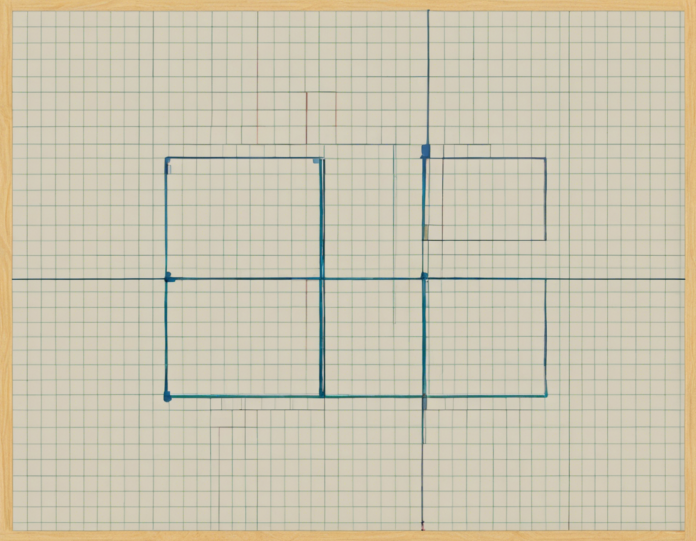Understanding the Basics: What is Perimeter?
Before delving into the calculation of the perimeter of a square, it is essential to grasp the concept of perimeter itself. In geometry, the perimeter refers to the distance around the outside of a shape. It is the sum of all the lengths of the sides of the shape.
The Formula for Calculating the Perimeter of a Square
A square is a four-sided polygon where all four sides are equal in length. This property simplifies the calculation of its perimeter. The formula to calculate the perimeter of a square is straightforward: Perimeter = 4 x side length.
To find the perimeter, you simply multiply the length of one side by four. This is due to the equal length of all sides in a square. Therefore, if you know the length of one side of a square, you can easily determine its perimeter by multiplying that length by four.
Step-by-Step Guide to Calculating the Perimeter of a Square
-
Determine the length of one side: Measure the length of any one side of the square. Ensure you are as accurate as possible in this measurement.
-
Multiply the side length by 4: Once you have the measurement of one side, multiply this length by four. The result will be the perimeter of the square.
-
Example Calculation: Let’s say the length of one side of a square is 5 units. To calculate the perimeter, simply multiply 5 by 4: 5 x 4 = 20 units. Therefore, the perimeter of this square is 20 units.
Importance of Calculating Perimeter
Understanding how to calculate the perimeter of a square is fundamental in various real-life applications. For instance, in construction, determining the perimeter of a square-shaped room helps in estimating the amount of material needed for the walls or the fencing required for a square garden. Moreover, in mathematics and geometry, perimeter calculations are crucial for various equations and problem-solving exercises.
Tips for Calculating Perimeter of a Square Efficiently
-
Use a ruler or measuring tape: Accurate measurements are vital for precise perimeter calculations.
-
Double-check your calculations: Simple arithmetic errors can lead to incorrect perimeter values. Always review your calculations.
-
Practice with different square sizes: Familiarize yourself with calculating perimeters for squares of varying sizes to enhance your skills.
Frequently Asked Questions (FAQs) About Calculating the Perimeter of a Square
- Can the perimeter of a square be a decimal number?
-
No, the perimeter of a square is usually expressed as a whole number because it represents the total length of the outline of the square.
-
Do all the sides of a square have to be equal to calculate its perimeter?
-
Yes, in a square, all four sides are equal in length, which simplifies the process of calculating its perimeter.
-
Can you calculate the perimeter of a square if you only know the diagonal length?
-
Yes, if you know the diagonal length, you can use it to find the side length of the square first before calculating the perimeter.
-
What units are used to express the perimeter of a square?
-
The units used for the side length will dictate the units of the perimeter. For example, if the side length is in meters, the perimeter will be in meters as well.
-
Is the perimeter of a square the same as its area?
- No, the perimeter and the area are two different measurements. The perimeter is the total length of the sides, while the area is the space enclosed within the square.
In conclusion, understanding how to calculate the perimeter of a square is a fundamental skill in geometry and has practical applications in various fields. By following the simple formula and steps outlined above, you can efficiently find the perimeter of any square with ease. Keep practicing to enhance your calculation abilities and ensure accuracy in your measurements.

